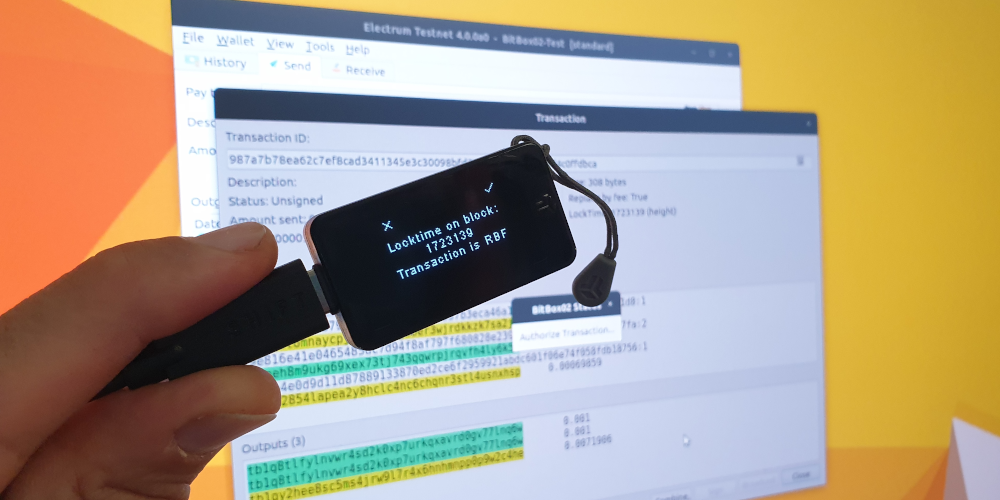Multi User Wiki Software Mac
When you create multiple users in Mac OS X, each person who uses your MacBook — hence the term user — has a separate account (much like an account that you might open at a bank). Mac OS X creates a Home folder for each user and saves that user’s preferences independently from those of other users.
When you log in to Mac OS X, you provide a username and a password, which identifies you. The username/password combination tells Mac OS X which user has logged on — and, therefore, which preferences and Home folder to use.
Each account also carries a specific level, which determines how much control the user has over Mac OS X and the computer itself. Without an account with the proper access level, for example, a user might not be able to display many of the panes in System Preferences.
Jul 09, 2018 The macOS High Sierra 10.13.6 update adds AirPlay 2 multi-room audio support for iTunes and improves the stability and security of your Mac. This update is recommended for all users. AirPlay 2 for iTunes Control your home audio system. Mac high sierra frequency software update 2017. Jan 20, 2020 Click Update on the top toolbar of App Store window, wait for a few seconds and you will see Software Update. Click the Update button to download macOS High Sierra. Once the downloading process is done, click Continue and follow the on-screen instructions. You might need to enter the admin username and password. Oct 07, 2019 Mac mini introduced in mid 2010 or later iMac introduced in late 2009 or later Mac Pro introduced in mid 2010 or later. To find your Mac model, memory, storage space, and macOS version, choose About This Mac from the Apple menu. If your Mac isn't compatible with macOS High Sierra, the installer will let you know. Oct 18, 2019 If you're using an earlier macOS, such as macOS High Sierra, Sierra, El Capitan, or earlier,. follow these steps to keep it up to date. Open the App Store app on your Mac. Click Updates in the App Store toolbar. Use the Update buttons to download and install any updates listed. The macOS High Sierra 10.13.2 update improves the stability, compatibility and security of your Mac, and is recommended for all users. This update:. Improves compatibility with certain third-party USB audio devices. Improves VoiceOver navigation when viewing PDF documents in Preview. Improves compatibility of Braille displays with Mail.
The three most common account levels are
Install Vine VNC Server and use a different port for each 'desktop' or user account. So if the computer was at 192.168.0.100, user 1 would be 192.168.0.100:5900; user 2 would be 192.168.0.100:5901; and so on.
Multi User Wiki Software Mac Free
Jan 09, 2020 A multiuser software allows multiple users share a single PC. Each user can run any application, movie or game simultaneously. There are pro and cons using such a system, I disagree on using it in an office environment because if the main system. Standard: A standard user account is the default in Mac OS X. Standard users can install software and save documents only in their Home folders and the Shared folder (which resides in the Users folder), and they can change only certain settings in System Preferences. Thus, they can do little damage to the system as a whole. For example, each of the students in a classroom should be given a.

Mac User Groups

Mac Os User Guide Pdf
Root: Also called System Administrator, this über-account can change anything within Mac OS X — and that’s usually A Very Bad Thing, so it’s actually disabled as a default. (This alone should tell you that the Root account shouldn’t be toyed with.)
For instance, the Root account can seriously screw up the UNIX subsystem within Mac OS X, or a Root user can delete files within the Mac OS X System Folder.
Enable the System Administrator account and use it only if told to do so by an Apple technical support technician. (And don’t forget to disable it immediately afterward!)
Administrator: (Or admin for short.) This is the account level that you’re assigned when you install Mac OS X. The administrator account should not be confused with the System Administrator account!
It’s perfectly okay for you or anyone you assign to use an administrator account. An administrator can install applications anywhere on the system, create/edit/delete user accounts, and make changes to all the settings in System Preferences.
However, an administrator can’t move or delete items from any other user’s Home folder within the Finder, and administrators are barred from modifying or deleting files in the Mac OS X System Folder. (There are UNIX commands you can use from the Terminal application that can work around these restrictions. However, these locations on your system are off-limits for good reason.)
A typical multiuser Mac OS X computer has only one administrator — like a teacher in a classroom — but technically, you can create as many administrator accounts as you like. If you do need to give someone else this access level, assign it only to a competent, experienced user whom you trust.
Standard: A standard user account is the default in Mac OS X. Standard users can install software and save documents only in their Home folders and the Shared folder (which resides in the Users folder), and they can change only certain settings in System Preferences.
Thus, they can do little damage to the system as a whole. For example, each of the students in a classroom should be given a standard-level account for the Mac OS X system that they share.
If Parental Controls are applied to a standard account, it becomes a managed account, allowing you to fine-tune what a standard account user can do.